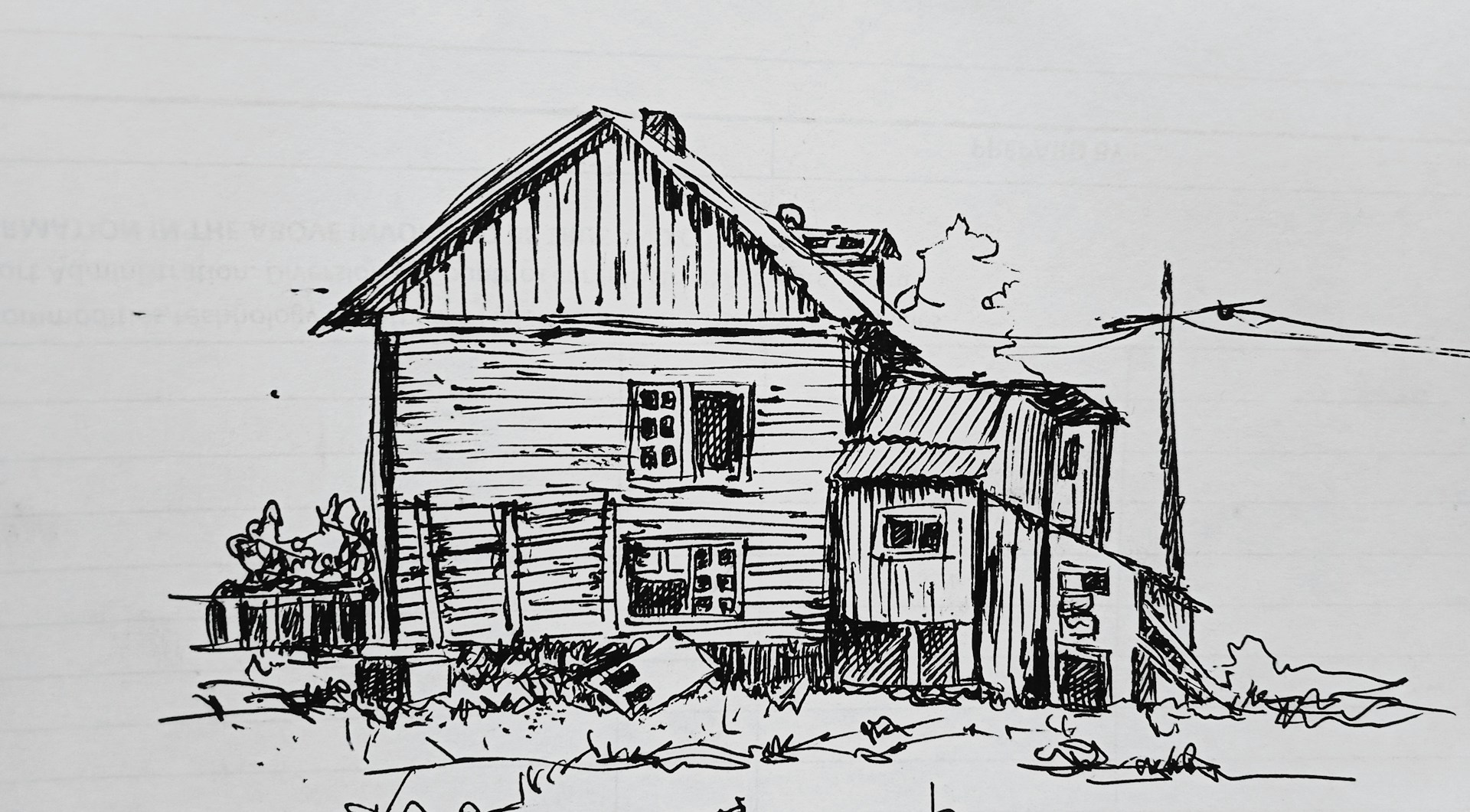
Building a brighter future
5 April, 2024
Globally, the value of real estate is estimated to be around $326 trillion, making it the world’s biggest asset class. Buildings also contribute nearly 40% of human-derived greenhouse gas emissions, yet less than 4% of the estimated $1.7bn donated annually to climate change projects by philanthropic funders goes to supporting the transition to sustainable buildings.
This article by the Ikea Foundation highlights the consequences of this. Sustainable buildings not only mitigate the environmental impact of urbanisation but also foster inclusive development. They provide safe, energy-efficient spaces that enhance the well-being of inhabitants while reducing carbon emissions. In short, developing sustainable buildings is a crucial requirement to tackle global environmental as well as social challenges. But doing this is hard – it comes up against issues of ownership, land use, investment for the long term and cost.
The IKEA Foundation argues that this is a systemic issue that only the philanthropic sector can address. It argues that philanthropic funders play a unique role in catalysing change in complex systems and sectors. And if we look at impact of major philanthropic organisations in tackling global health problems such as malaria and HIV/AIDS, developing COVID vaccines and building robust microfinance systems, that view is borne out. Philanthropies are agile, able to innovate and take risks, invest for the long term, and bring together different sectors in ways that governments or businesses may struggle to do alone. And while there are reasons to worry about a world where we rely solely on philanthropies to do the heavy lifting of solving our problems – fragmentation, duplication, the democratic deficit – if not these organisations, then who? Building better will need inspiration and investment from all sides and climate philanthropy could well be the foundations on which this house is built.
By Flora Gicguel
 Back to all friday 5
Back to all friday 5